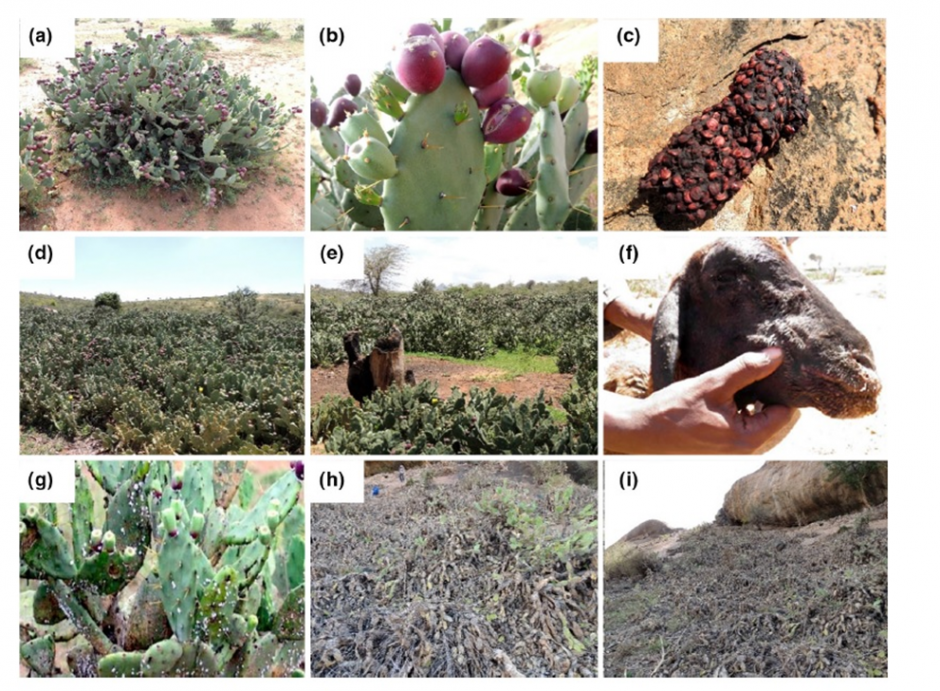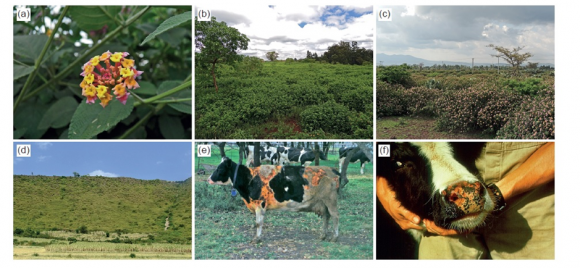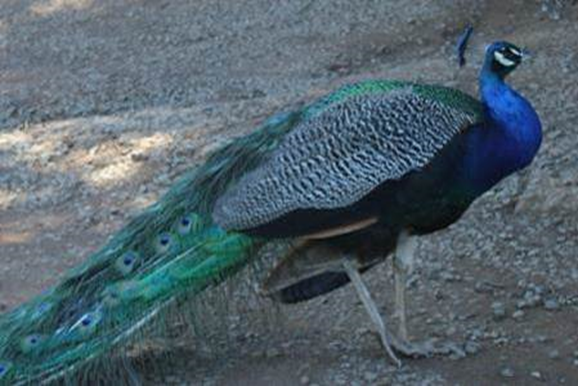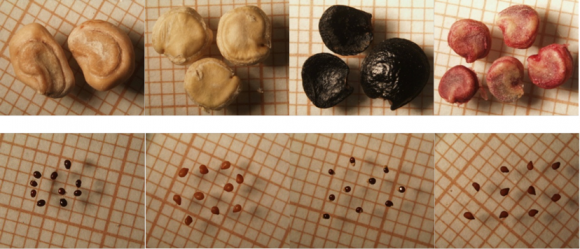29 May 2017 | By Ross Shackleton
Findings from two recent papers by C·I·B postdoc, Ross Shackleton, highlight how the invasive plants prickly pear (Opuntia stricta) and Lantana (Lantana camara), cause negative impacts on local communities and the environment in Kenya and Uganda.
Prickly pear and Lantana were introduced as ornamental plants, but have become widespread invasive species in eastern Africa. Prickly pear is common in arid and semi-arid areas, where as Lantana is common in wetter areas. Together they cover much of the region.

Findings highlight that these two invasive plants have a number of negative impacts on people and the environment which in turn have a negative impact on the local community’s well-being. Both species have negative effects on the native plant communities which reduce biodiversity, grazing potential and the collection of important plants such as those used for traditional medicine. Both species also have negative effects on livestock production and health. Compounds in Lantana are poisonous and can cause animal sickness and death. The spines of prickly pears cause irritation and infection, which can lead to death of animals.
Almost half (48%) of people in Kenya are affected, losing between US$500 and US$1000 worth of livestock due to prickly pear invasions. Lantana also invades croplands and can reduced maize yields by 25-50% for around a third of households. Lantana also encroaches lands and makes them unusable and in some cases forces local communities to relocate elsewhere.

These impacts are mirrored in a quote from a villager in Uganda “I am a victim of Lantana in many ways. I used to live in Kagonji village years back but I had to find land here, and relocate my family because my previous land was totally covered in Lantana. We had no farmland, grazing land or space for my grandchildren to play. I even feel ashamed telling people that I ran away because of Lantana.”
“The negative effects of invasive plants are well recognised for biodiversity and there is now an increasing literature base on how invasive plants also have negative effects for local communities and their livelihoods” said Ross Shackleton. “This information is important as it can be used as evidence to raise funding to aid management in the future.”
Read the papers
For more information, contact Ross Shackleton at rtshackleton@gmail.com



